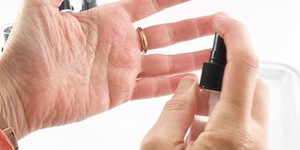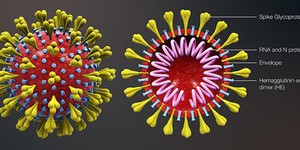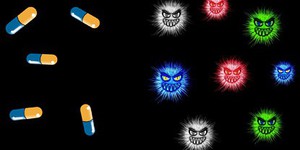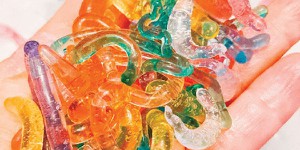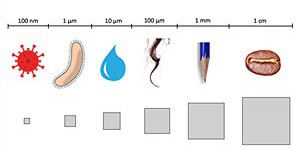Microbiology STEM Activities for Kids (6 results)
Microorganisms are all around us, with an amazing diversity of adaptations. They were the first life on Earth, and their relatively recent discovery in extreme environments—like hot springs, ocean vents, and polar ice—illustrates how tenaciously they've evolved and survived. Microbiology gives us insights into evolution, disease, and even the mechanisms of our own cells.
|
Select a resource
Sort by
|
STEM Activity
16 reviews
Did you ever wonder what hand sanitizer is made of, or how you can efficiently disinfect your hands or other frequently touched surfaces like doorknobs? Handwashing is still the best way to keep your hands clean, but hand sanitizer is a great alternative for situations where clean water and soap are not available, and you can even use it to disinfect surfaces! Intrigued—try out making a hand sanitizer yourself!
Read more
STEM Activity
39 reviews
Have you ever wondered why we wash our hands with water and soap to get rid of bacteria and viruses? Good hand hygiene becomes especially important during viral outbreaks such as the COVID-19 pandemic! The CDC (Center for Disease Control) recommendations for handwashing say to scrub your hands for at least 20 seconds with water and soap. But how does soap kill viruses such as SARS-COV-2? In this activity, you will find out by experimenting with models of different virus types to see how they…
Read more
STEM Activity
2 reviews
Have you ever had to take antibiotics? Your doctor probably told you to finish taking all the pills even if you felt better after one or two days. But why is that? Why shouldn't you stop taking antibiotics as soon as you feel better? You might be surprised to hear that if you do, you might contribute to the creation of antibiotic resistant "superbugs!" Find out how these superbugs can develop in this activity by rolling dice to model how different bacteria respond to an antibiotic treatment.
Read more
Featured
STEM Activity
60 reviews
Did you know that the seaweed you've seen in the ocean or even eaten as a snack is inspiring innovators to imagine new materials? Large
brown algae, like kelp, contains polymers—long chains of molecules—that are more environmentally friendly than the ones in most plastics. These natural polymers (alginates) could eventually be used to create sustainable everyday objects. Try your hand at using a bit of chemistry to turn biodegradable polymers from algae into your own custom…
Read more
STEM Activity
13 reviews
Have you ever seen a real virus? Probably not—they are so tiny that it is impossible to see them with your naked eyes. But how big or small are viruses really? The coronavirus Sars-Cov-2, which causes COVID-19, is about 120 nanometers in size. One nanometer is equal to one billionth of a meter! How many of these tiny coronaviruses do you think can you line up inside a pencil dot? In this activity, you will find out by creating a scale model that allows you to compare the size of many…
Read more
STEM Activity
1 review
Have you ever looked at a package of dry yeast and found it hard to believe that it contains organisms that are alive? Add the right ingredients and presto, the mixture becomes a bubbly, oozing, mess of life! But what are the conditions that are needed for this to happen? What does that yeast need to become active and thrive? Try this science activity to find out for yourself!
Read more
STEM Activity
1 review
Have you ever wondered how yogurt is made, and why some yogurts differ from others? As most yogurt containers advertise, yogurt contains "live cultures." This means that there are living bacteria in the yogurt! These are not the harmful kind of microbes that cause you to get sick. Instead, these cultures have the amazing ability to turn plain old milk into a yummy yogurt treat. Do the bacteria affect what the resultant yogurt culture looks, feels, tastes and smells like? In this…
Read more
|
Explore Our Science Videos
Solubility Science – STEM Activity
Build a Wind-Powered Car
Can you solve this air pressure puzzle?


